If you want to know more about how rubber reacts to extreme heat or where to find high-temperature-resistant products, keep reading. We will talk about how rubber is made, its strength, and the different types available. Let’s uncover the secrets of rubber!
Where is High-Temperature Resistant Rubber Used?
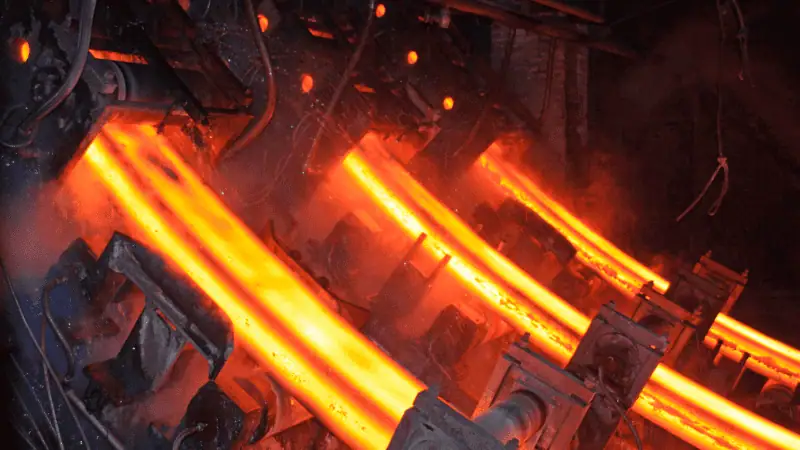
High-temperature-resistant rubber is a useful material that is used in many industries. Some applications will involve the presence of extremely high temperatures. It can withstand high temperatures, bad weather, and ozone. It is a good choice for many different things.
1. Automotive Engines and Exhaust Systems
High-temperature-resistant rubber is used in car engines and exhaust systems because they get really hot.
We use this rubber to make sure everything works well and lasts a long time. It helps stop leaks, keeps things sealed, and can handle the heat from the engine.
2. Industrial Machinery

High-temperature-resistant rubber is important in industrial settings like boilers and furnaces. It protects equipment and people from hot surfaces or fluids. Using heat-resistant rubber improves safety and efficiency by insulating against heat and sealing reliably.
3. Aerospace Components
Rubber with good heat resistance helps the aerospace industry. It is important for seals and gaskets in aircraft to be able to handle high temperatures.
These parts need extreme-temperature rubber to stay strong even when the temperature changes during flights.
4. Electrical Equipment
High-temperature-resistant rubber is important for protecting electrical equipment from heat damage.
It insulates wires, connectors, switches, transformers, motors, and other sensitive parts. It can also withstand outdoor conditions.
How to Test Rubber’s Heat Resistance?
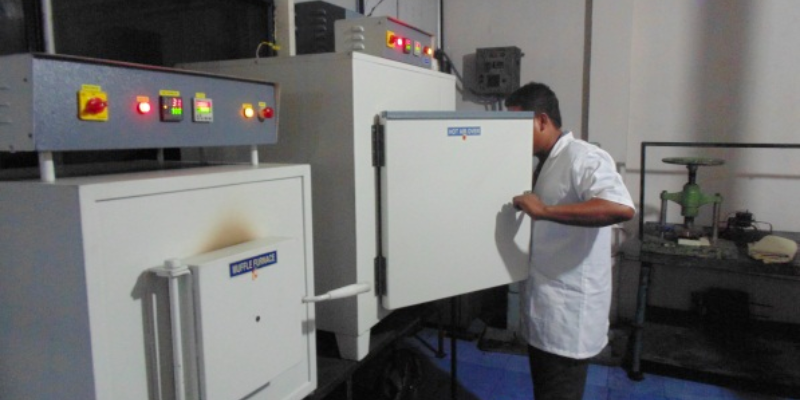
Rubber materials are widely used in various industries due to their excellent temperature resistance, chemical resistance, and unique properties.
To ensure the reliability and durability of rubber products, it is crucial to test their heat resistance. Here are several ways to test rubber’s heat and chemical resistance, including:
- Heat Aging Tests
- Compression Set Tests
- Differential Scanning Calorimetry (DSC)
- Thermal Conductivity Testing
Send Your Inquiry Now!
Quality Meets Affordability. Inquire Now for High-Quality Products at Low Volumes.
What Rubber Materials Can Withstand High Heat?
Rubber materials are widely used in various industries due to their versatility and excellent properties. It is crucial to select the right rubber material that can withstand the heat without compromising its integrity.
- Silicone Rubbers
Silicone rubbers are great at handling high-temperature resistance with some compounds able to withstand temperatures up to 300°C (572°F) without losing their properties.
They are used in automotive engines, aerospace parts, and electrical insulation where high temperatures are common.
Silicone is the number one extreme-temperature rubber available. This material has strong chemical resistance and can withstand higher temperatures. Silicone rubbers are also resistant to abrasion and stay flexible in both low and high temperatures.
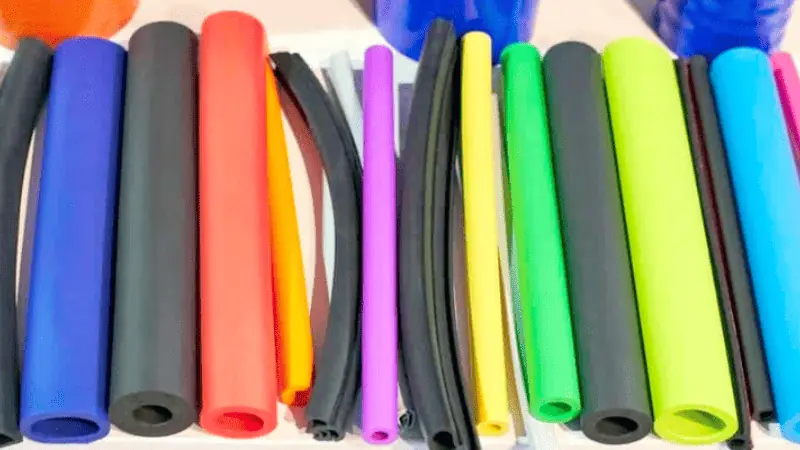
- HNBR
HNBR is short for hydrogenated acrylonitrile-butadiene rubber. This material is different from conventional nitrile rubber.
HNBR is an elastomer made by hydrogenating unsaturated butadiene bonds. An offshoot of traditional nitrile rubber, HNBR exhibits outstanding high-temperature resistance endurance up to 150 degrees C.
HNBR also offers exceptional tensile and tear strength as well as excellent resistance to oils, fuels, many chemicals, vapors, and ozone.
It also offers good wear and tear resistance. The material has chemical resistance and is also highly resistant to ozone, steam, oils, fuels, and tears.
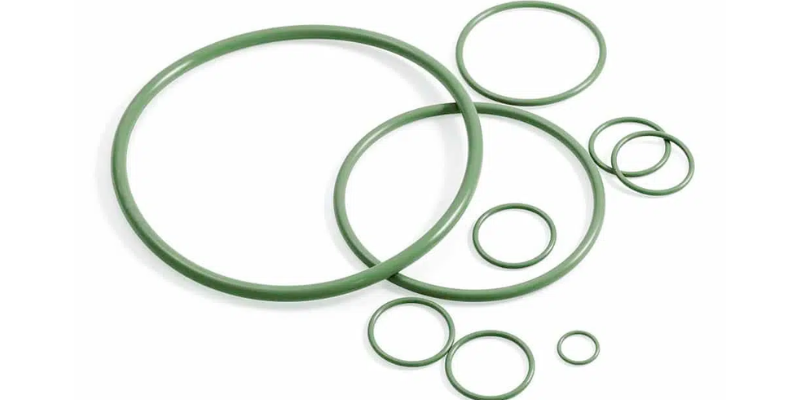
However, this particular extreme-temperature rubber is relatively expensive and incompatible with aromatic oils or polar organic solvents.
- Fluoroelastomers (Viton)
Another type of rubber material that exhibits remarkable thermal stability is fluoroelastomer rubber, commonly known as Viton. These synthetic rubbers can endure a wide range of temperatures from -20°C to 250°C (-4°F to 482°F).
Fluoroelastomers are highly resistant to chemicals, oils, fuels, and solvents, and also offer good abrasion resistance making them suitable for demanding environments.
- EPDM Rubbers
EPDM (ethylene propylene diene monomer) synthetic rubber possesses good resistance against hot water and fluid resistance against steam. It is widely accepted around the world due to its excellent resistance to steam, water, and heat.
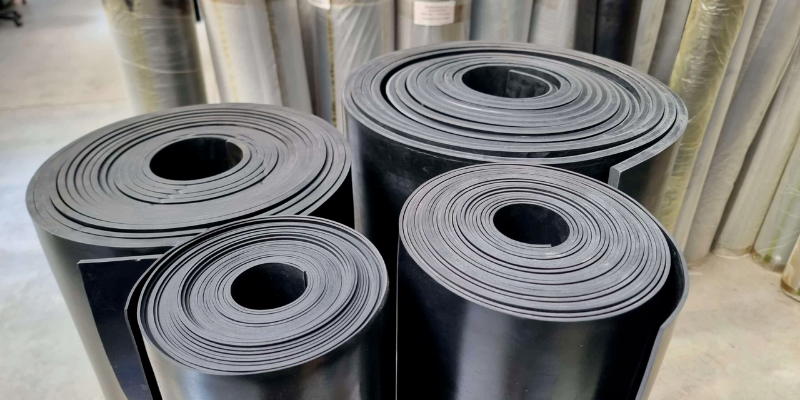
EPDM is known for its release properties and chemical resistance. This synthetic high-temperature-resistant rubber offers excellent heat resistance, performing optimally up to +150°C.
EPDM synthetic rubber also exhibits exceptional weathering resistance and maintains its flexibility even under prolonged exposure to sunlight or ozone.
However, EPDM rubber offers relatively poor fuel resistance and resistance to petroleum-based fuels, most oils, and non-polar solvents and his particular extreme temperature rubber is relatively expensive.
- Nitrile Rubbers
Conventional nitrile rubber has moderate heat resistance capabilities ranging from -40°C (-40°F) to 120°C (248°F).
While not as heat-resistant as standard silicone or fluoroelastomer rubbers, nitrile rubbers are still suitable for applications where moderate heat resistance is required. They are commonly used in automotive seals, gaskets, and hoses due to their excellent oil and fuel resistance.
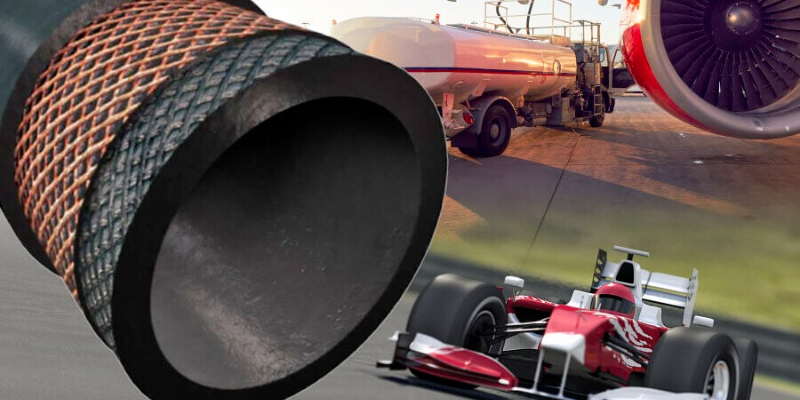
Tips for Select Rubber Products for High-heat Applications
- Consider the rubber product’s temperature range. When choosing rubber products for high-heat situations, consider the temperature they will face. Different rubber materials handle heat differently, so it is important to select a material that can withstand the expected temperatures. For example, silicone rubber can handle heat up to 500°F (260°C), while natural rubber may break down at temperatures over 150°F (65°C). Knowing the temperature range is crucial for choosing the correct rubber material.
- Consider Exposure Time to High Temperatures. When choosing rubber material, consider the temperature range and how long they will be exposed to continuous temperature. Some rubbers can handle short bursts of heat but may degrade over time. For example, EPDM rubber has heat-resistant properties but not for prolonged exposure to very high temperatures. On the other hand, fluorocarbon rubbers like Viton® are made for long-term use in extreme heat. Knowing the duration of exposure helps you choose the right rubber.
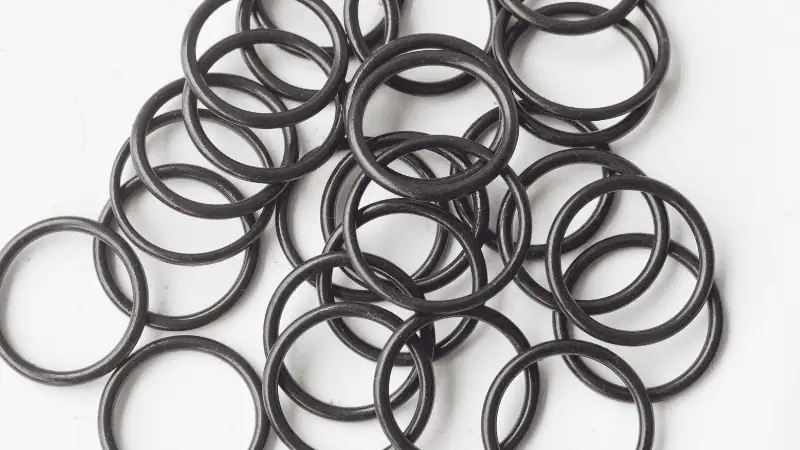
- Consider Other Environmental Factors. When choosing a rubber product for high-heat applications, it’s not enough to just consider heat resistance. Other things like chemicals, pressure, and mechanical stress can affect how well the rubber performs. It’s important to think about all of these factors together to make sure the rubber can handle the whole environment.
- Consult Experts or Manufacturers for Proper Selection. Choosing the right rubber for high-heat situations can be hard. You need to think about temperature, how long it will be exposed, and other conditions. It’s best to talk to experts or manufacturers who know about heat-resistant rubber. They can give you advice and help you pick the right rubber for your needs.
Send Your Inquiry Now!
Quality Meets Affordability. Inquire Now for High-Quality Products at Low Volumes.
Conclusion
In conclusion, rubber materials excessive heat can gradually degrade rubber materials, leading to deteriorating performance and premature failure.
By choosing appropriate materials that can withstand extreme heat conditions while maintaining optimal performance levels over time, you can ensure safety and efficiency in your operations.
Buy High-temperature Resistant Rubber Materials from Hongju
If you’re in need of high-quality rubber materials and components for your project, Hongju Silicone is a great company to consider.
We offer a comprehensive range of rubber products that are known for their reliability, durability, and resistance to high temperatures and chemicals. We have the experience and expertise to meet your specific needs, contact us now!